Of all the ‘things we learned’ from an opening pre-season friendly, there’s only one that is truly confirmation of what’s to come this season: Liverpool’s ‘new’ shape is here to stay.
Jurgen Klopp changed the Reds’ ‘in possession’ shape to 3-4-3 for the final 10 games of last season. It seemed like it was a tactical learning for the following season.
It could even be argued that its implementation, following defeat at Man City and a draw at Chelsea, was an acceptance that a top-four finish was out of reach and therefore the attention should be on implementing a new system to tactically learn ahead of the following season.
Alas, the change in tactics almost actually led to a top-four finish, certainly providing enough evidence to provide Klopp and his coaching team that it’s the future of the side.
Crucial to it all is Trent Alexander-Arnold as the hybrid ‘inverted’ right-back. The system doesn’t work without that – which makes any calls for Trent in midfield or indeed for Liverpool to sign a right-back this summer questionable as to whether those suggesting it even understand how Liverpool are now playing.
Vs. Karlsruher
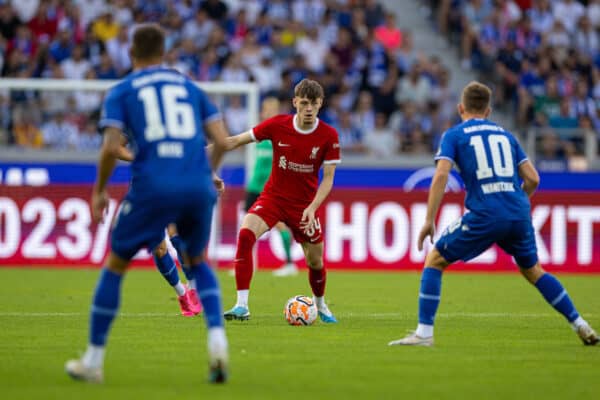
The confirmation that the new system is here to stay came in the opening friendly against Karlsruher.
With an absolute lack of midfielders – none of last season’s 10 being available for the friendly – Trent played in midfield. But this was a necessity purely born from the lack of midfielders and a way to get as many bodies on the pitch for 45 minutes.
Trent starting in midfield does not in any way indicate he will become a ‘midfielder’ this season, because the fact that Liverpool played inverted full backs in both halves in Germany proves otherwise.
Conor Bradley attempted the role from the right in the first half, with Kostas Tsimikas similarly inverting into midfield in the second half from the left.
The 3-4-3 shape in possession is here to stay. And that means Trent starting at right-back and inverting in field in possession.
We can see the clear tactical blueprint is for Trent to form the right side of the box midfield, alongside the holding midfielder – which would have been Fabinho – with new signings Alexis Mac Allister and Dominik Szoboszlai in the dual number eight roles at the top of the box.
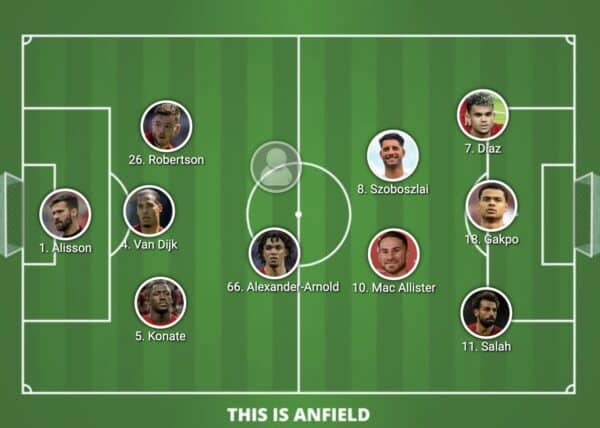
Of course, it’s all fluid, and it requires Trent dropping back to right-back when out of possession.
What it means for Trent
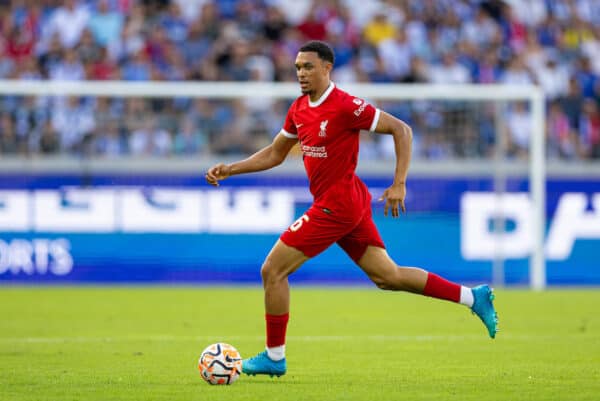
Quite simply, it means Trent will be key to the season ahead. He will be playing the hybrid right-back-midfielder role. He is the system.
What he isn’t going to be, is starting and playing as a traditional midfielder – as he was used by Gareth Southgate for England most recently.
This is also why Liverpool have been linked with a host of left-sided centre-backs this summer, players who are more suited to the role in the back three than Andy Robertson – Levi Colwill played exactly that role under Roberto De Zerbi at Brighton.
So even though it’s only friendly, it’s fairly certain to say two things; the 3-4-3 in possession formation is here to stay, and Trent will playing as the inverted right-back.
Now, to find the Fabinho replacement in the holding midfield role; a player to break up play, cover ground effectively, have the ability to drop into defence in transition, and do the simple things so that Trent can be the playmaker when moving into midfield on the ball.

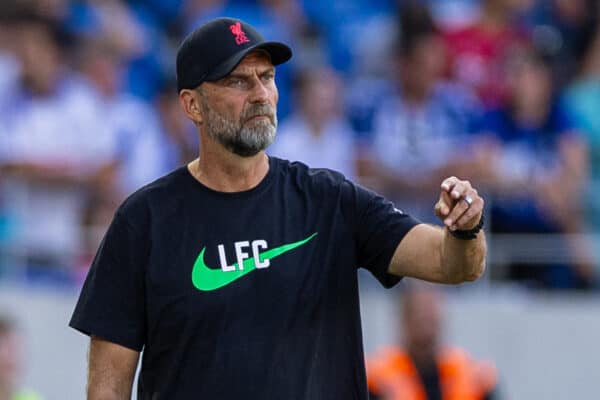




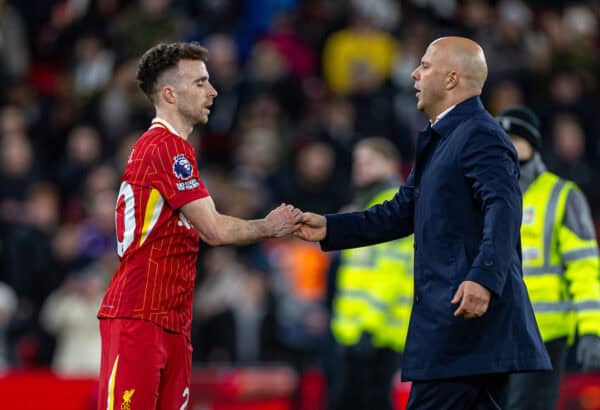

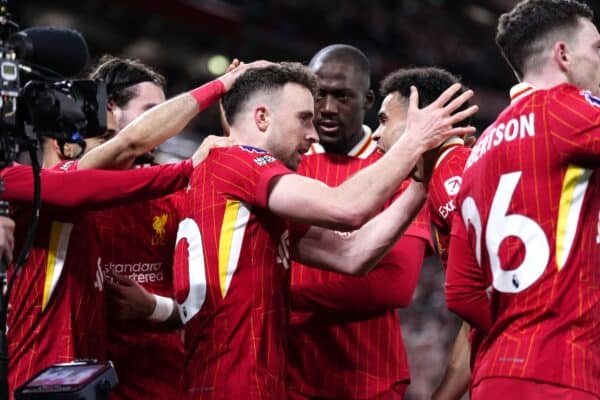


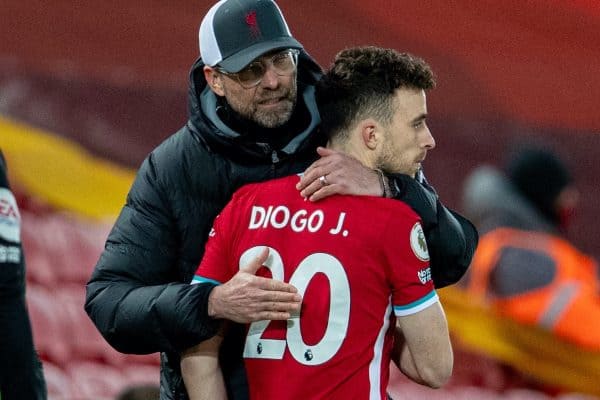
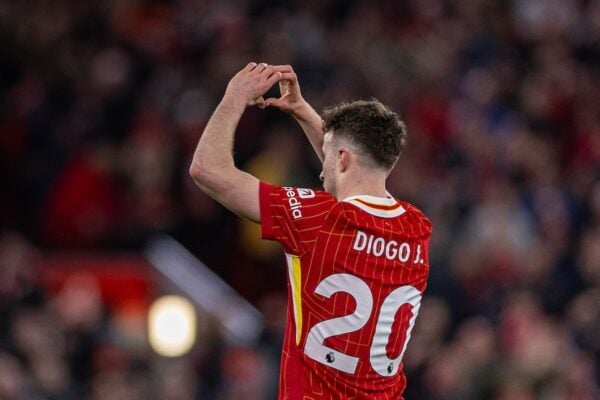
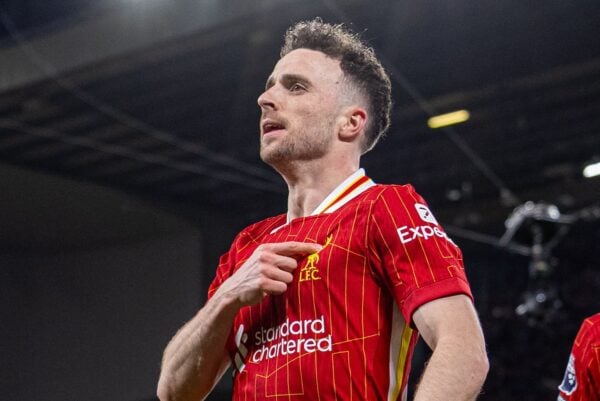
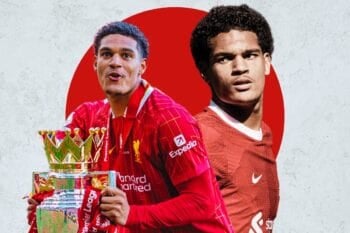


Fan Comments